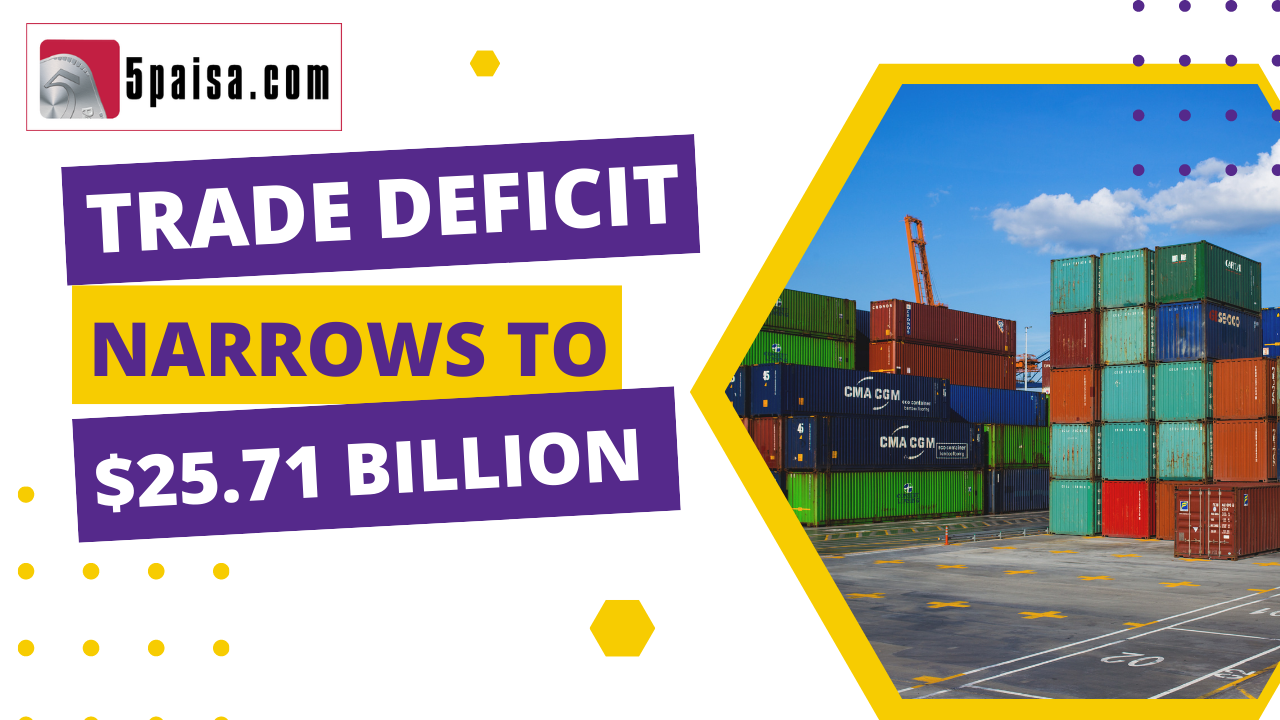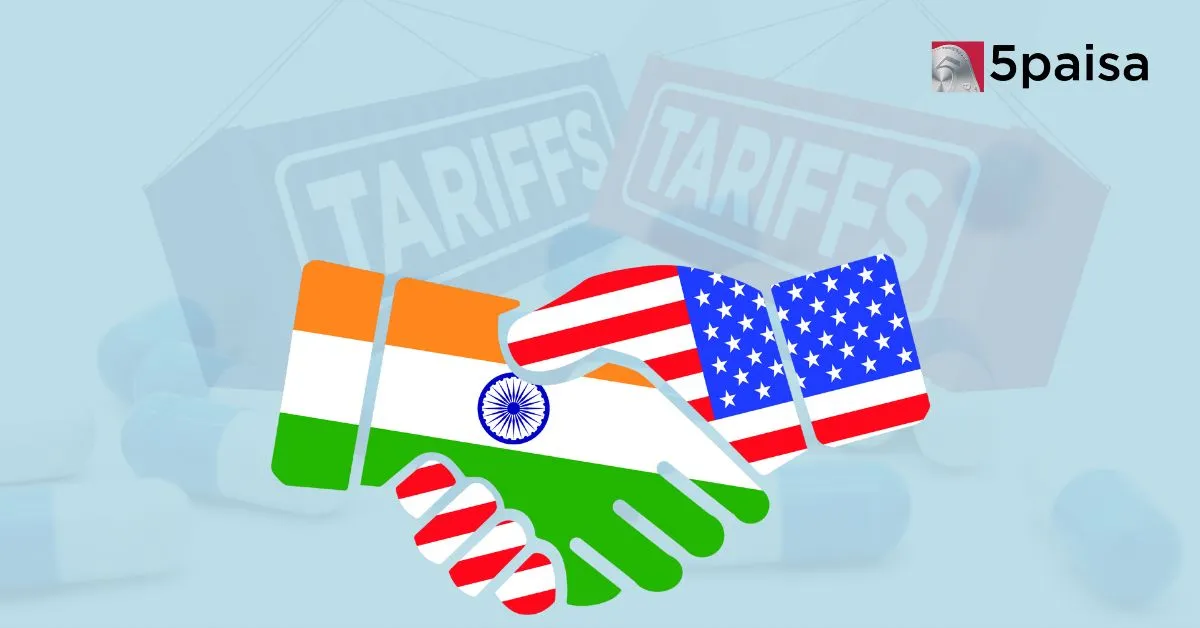India's Pharma Sector on Edge: Will U.S. Tariffs Affect the Lifeline of Generic Drugs?
Trade deficit for September narrows to $25.71 billion

The good news is that the trade deficit has fallen with the fall in total trade. Now, the total trade (imports plus exports) have been below $100 billion for August and September 2022. Prior to that between, March 2022 and July 2022, India’s total trade stayed persistently above the $100 billion mark. The fall in total trade in the last 2 months can be largely attributed to fears of global recession and the overall drop in the prices of commodities like oil and other base metals.. But, before we get into the trade deficit narrowing, let us first look at the story of merchandise exports going out of India.
Let us start with merchandise exports. For September 2022, merchandise exports stood at $35.45 billion; up by 4.82% yoy and up 4.51% on a sequential basis. The windfall tax on oil and the restrictions on a number of export items have forced the growth to be tepid on a yoy basis. Star export performers for the month were Electronic Goods, Tobacco, Petroleum products, Oilseeds, Gems & Jewellery, Coffee, Fruits & Vegetables etc. There were also some export laggards in the month of September, These laggards included Iron ore, Cotton Yarn, Cashew, Handicrafts, Carpets, Cereals, Readymade Garments etc.
Merchandise imports in September 2022 stood at $61.16 billion; up 8.66% on a yoy but down -1.2% on sequential basis. The fall in imports came from a -5.4% fall in crude imports as it accounts for 30% of the import bill. Major products that boosted importers were Raw Cotton, Silver, Transport Equipment, Pulp & Waste Paper, Coal / Coke/ Briquettes, Fertilizers and Leather products. Import pressure was on sulphur, iron pyrites, gold, pulses, machine tools and crude oil. To a large extent, the sequential fall in imports was on account of a tapering of commodity prices, which account for a bulk of India’s imports.
What are some of the key takeaways for the trade deficit in September 2022 and for FY23 overall? After peaking at $30 billion, the trade deficit has trended lower to $25.71 billion in the month of September 2022. However, exports did better sequentially compared to imports. The tapering of trade deficit augurs well for the current account deficit, although the impact may not be substantial. At the close of H1Y23, the cumulative trade deficit stands at $148.46 billion, hinting at a possible full-year trade deficit of over $300 billion. That means; current account deficit would be around 3.5% to 4% of GDP.
One downside of heavy trade deficit for the full year with elevated imports combined with falling forex reserves is a recipe for the weakening of the rupee. It has an impact on the forex cover calculated as months of imports covered by the forex reserves. If you go by the current trade run, the total merchandise imports could get closer to $770-800 billion for FY23. At the current forex reserve levels of $532 billion, that just covers 8 months of merchandise imports, which is much lower than the BRICS average. This is likely to make the RBI more cautious and calibrated in its intervention in the currency spot markets.
Current account deficit could still spring a nasty surprise
The table below captures the picture of overall trade numbers and trade deficit combining the negative impact of merchandise trade and the positive impact of services trade.
|
|
|
|
|
|
|
|
|
|
|
|
|
|
|
|
|
|
|
|
Now for the big surprise on the CAD front. Indian economy had closed FY21 with combined deficit of $-12.75 billion and in FY22 it had gone to $-87.79 billion. We have done the full FY22 combined deficit by the first half itself. At this rate, India might close FY23 with overall deficit of $180 billion. That translates into current account deficit or CAD of 4.5% to 5% of GDP. The problem for India from higher import is just about forex cover and rupee pressure. It is also about imported inflation. It would work against the efforts of RBI to cut CPI inflation. With USDINR at around 82.40/$, one can expect huge pressure on the currency economics. Indian policymakers can no longer afford to be smug about trade deficit.
- Flat ₹20 Brokerage
- Next-gen Trading
- Advance Charting
- Actionable Ideas
Trending on 5paisa
01
 5paisa Research Team
5paisa Research Team
02
 5paisa Research Team
5paisa Research Team
Indian Market Related Articles
Disclaimer: Investment in securities market are subject to market risks, read all the related documents carefully before investing. For detailed disclaimer please Click here.





